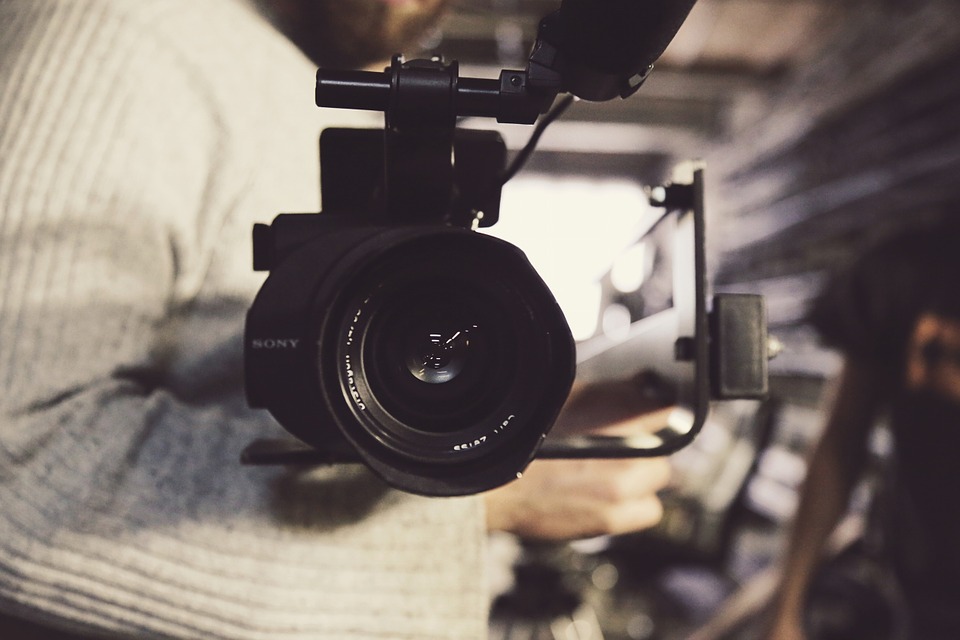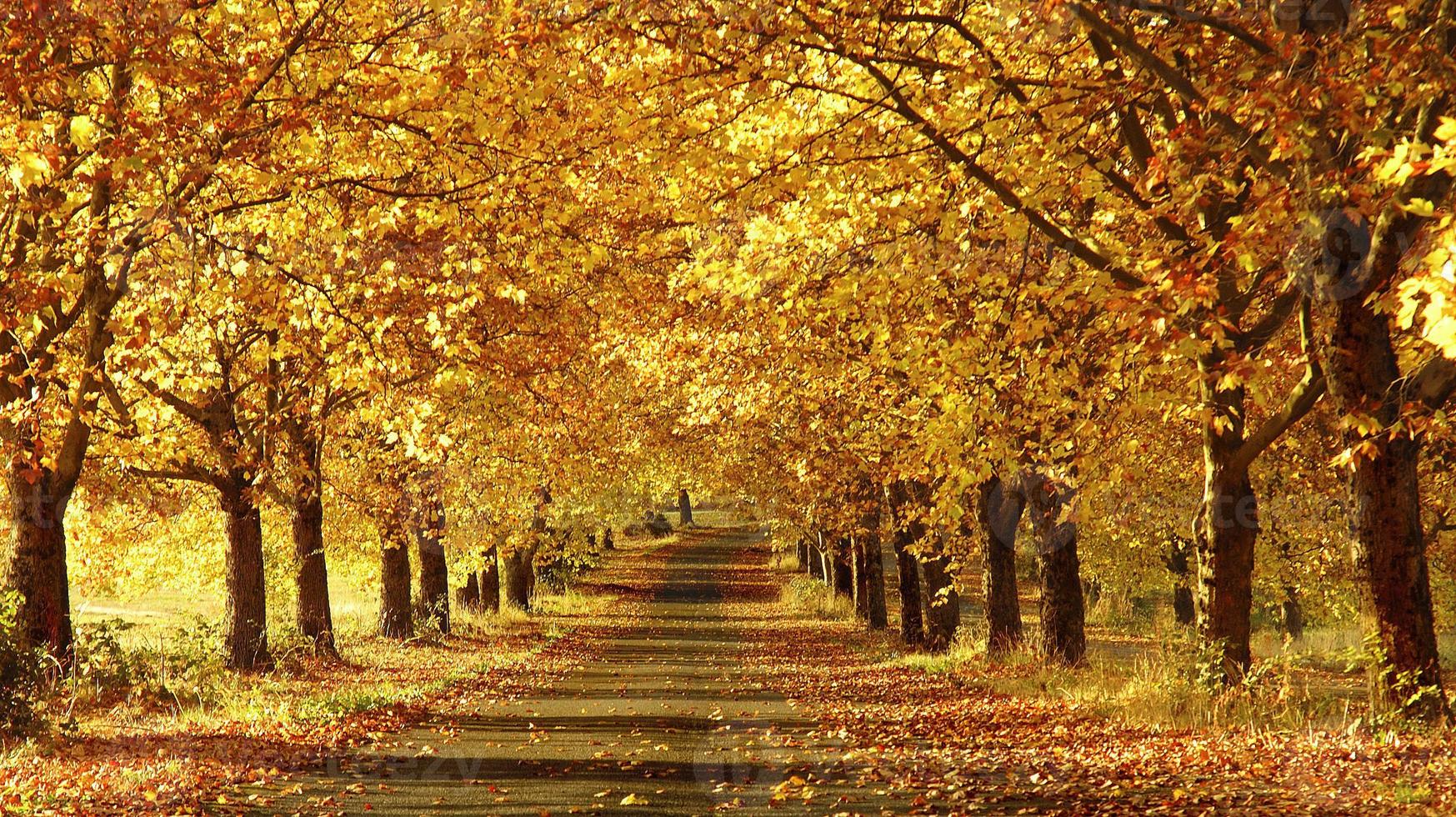
Like any other language, television, video and films are means of communication. Through camera shots, they transmit messages to the audience. Shots are very essential in shaping meaning in either a documentary or a movie. In fact, every shot size has information and meanings attached to it. A video producer or director will choose different shot sizes to influence the structure and meaning of a film.
So, let’s learn more about camera shots.
What Is a Shot?
A shot is normally described as a single continuous recording or uninterrupted take made by the camera. Several frames make up a shot. It is what is recorded between the time a camera starts and the time it stops. A shot has no internal cuts or edits. A video film is usually shot at a frame rate of 24 frames per second and is composed of several shots.
Different Shot Sizes
Moving images have a defined vocabulary of shots, camera angles and camera movements. The camera shot size identifies how large an area will be visible within the frame. However, it is important to the point that the exact terminology varies between production environments but the basic principles are the same. A way of defining camera shots is by relating them to people as shown on the screen.
Therefore shots are called by different names based on their frame size. The following common shot sizes indicate that the distance between the camera and subject varies.
Extreme Wide Shot

An extreme wide shot or extreme long shot or a very wide angle shot is commonly designed to show large distances and is traditionally used in the exterior shooting. It covers a wide area. Its aim is to see the surroundings more than focusing on a single object and is generally used at the beginning of a scene. In film, an EWS is used as a scene setting at the beginning and also as a wrap-up scene at the end. In fact, it is commonly used to show the audience where the action is taking place. It is usually meant to give more a general impression than specific information and is used to impress the viewer with the vast scope of the setting.
Wide Shot

A wide shot shows a broad view of an entire location, a subject or an action. It normally shows the outside of a building, a city or any other landscape to enable viewers to discover the location. The wide shot also shows the atmosphere and mood of the scene, indicating whether it is a beautiful sunny day or a dull winter rainy day.
When a wide shot is used to set up a location and its participants in a film, it is referred to as an establishing shot due to the fact that it often establishes the location of a scene before the action takes place. As its name implies, an establishing shot shows where the action is taking place, whether it is a large forest, a busy street, a room, a beach or a big city. An establishing shot of a party on the beach might show the entire beach area. Often wide shots of famous familiar sights are used as establishing shots to indicate the city where the action is taking place, such as Eiffel Tower to indicate Paris or Big Ben to identify London.
Moreover, a film could start by showing an apartment building or the outside of a hospital followed by an interior shot of people acting to indicate where the action is taking place. It is normally recommended to use wide shots time and again in a production to re-establish the location of the scene in the viewer’s mind.
Full Shot

When filming a person, a full shot shows the person’s entire body with the head at the top of the frame and the feet at the bottom. In films, it is used to show a complete view of a character and also gives a view of the area where the action is taking place. The FS is normally avoided when important detail must be conveyed.
To learn more about the remainign shots, follow us on the second aprt.
